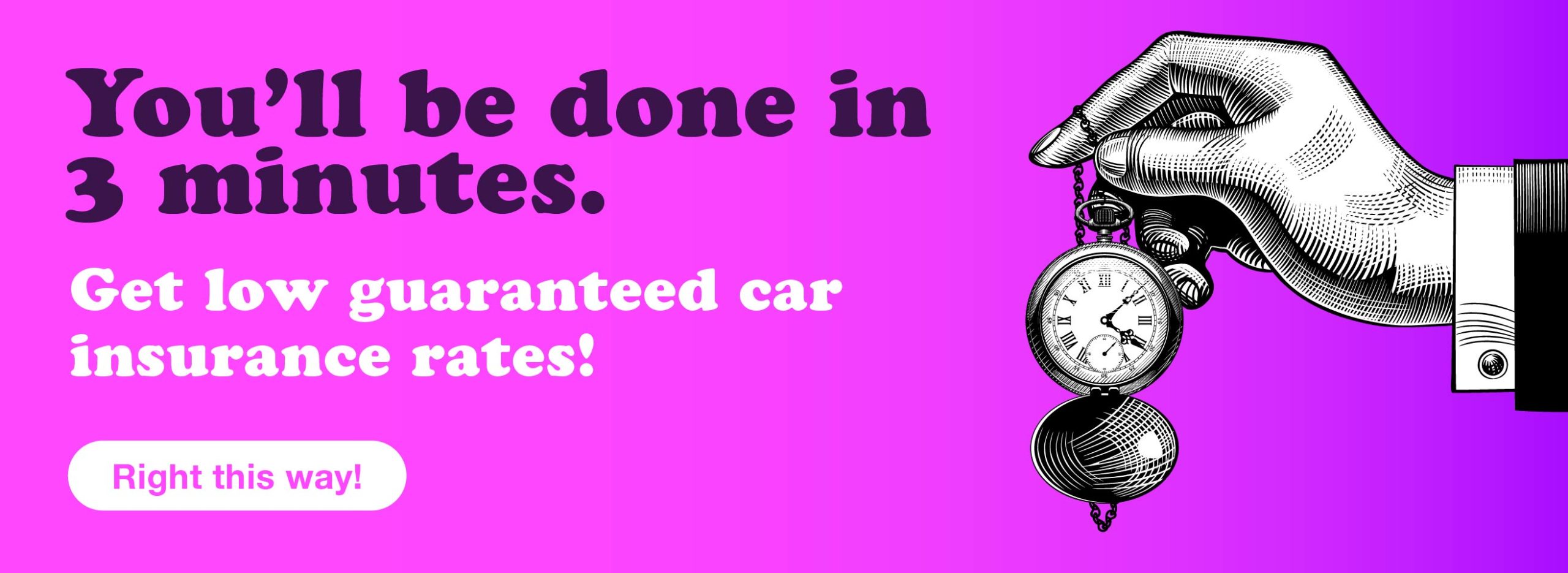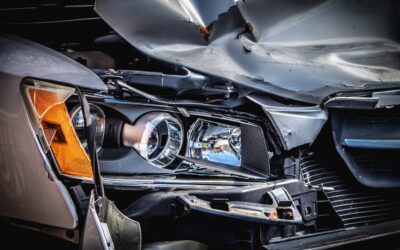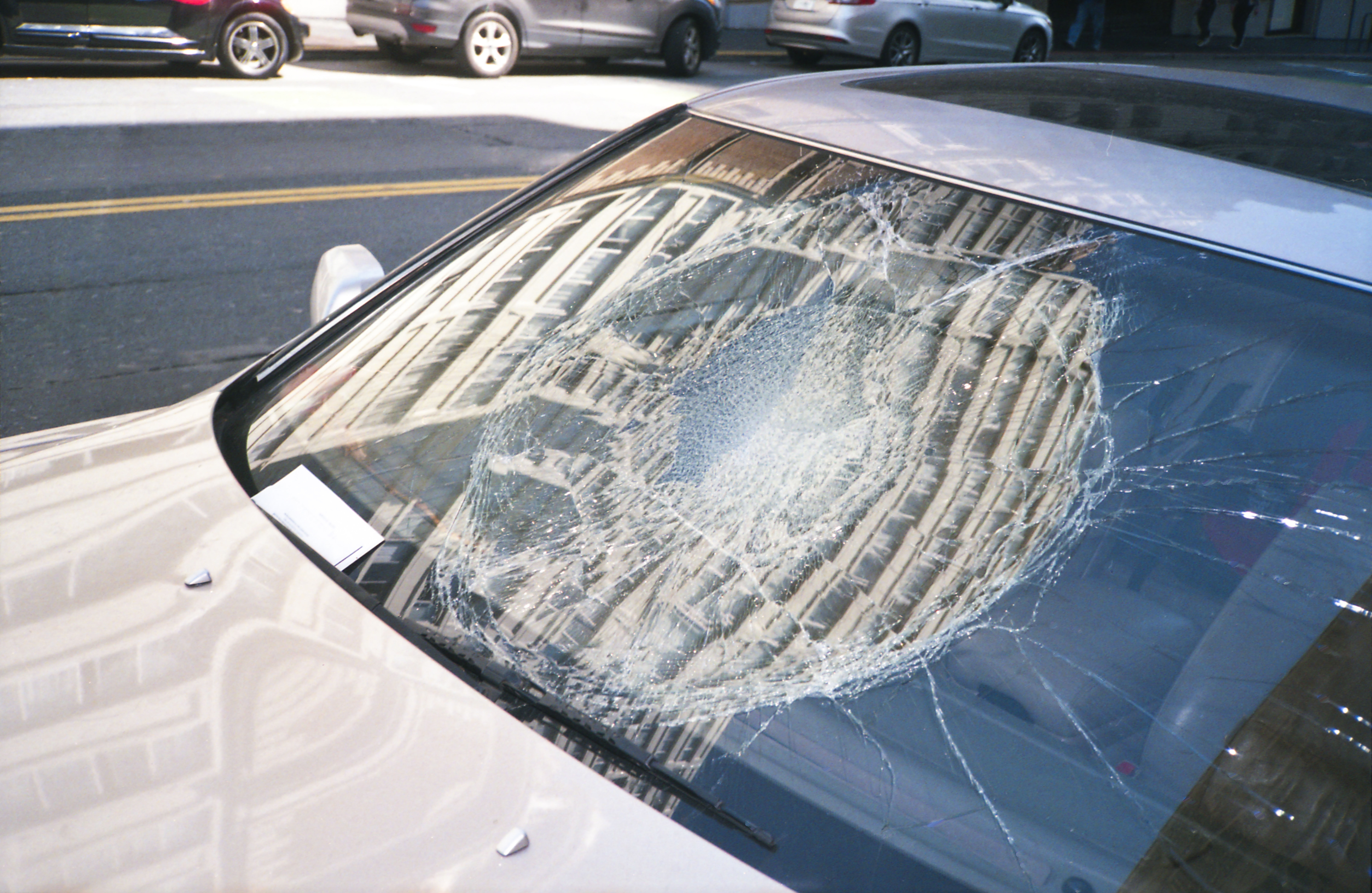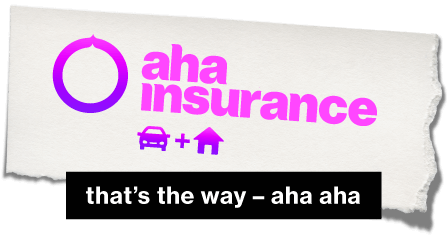All vehicle owners in Ontario and Alberta must maintain a minimum amount of car insurance by law. Many car owners, however, find the process complicated and get stuck wondering, “what information do I need to insure a car?”
At aha insurance, we’re here to help you cut through the legalese and jargon the industry uses, complicating your car insurance shopping experience. In this post, we will explore some of the more common questions people have about auto insurance and how to buy a policy that’s right for you.
What information do I need to insure a car? Frequently Asked Questions
Can I insure a car that is not under my name?
There are a few scenarios where someone might want to insure a vehicle they don’t own. Perhaps it’s a car that a friend or family member has lent you while they are away at school. Or a neighbour travelling for a year offered you their car if you pay for the insurance.
Unfortunately, the law doesn’t allow you to buy insurance for something for which you don’t have an “insurable interest.” Basically, you can’t insure something if you don’t have an ownership stake in it.
The easiest way to ensure that you are properly insured on a vehicle is to add yourself to the vehicle owner’s insurance policy as either the primary driver or an occasional driver. Whether you are listed as a primary, secondary or occasional driver will depend on the percentage of time you and other drivers will be using the vehicle. This provides the vehicle’s owner, all drivers and the occupants with insurance protection in the event of an accident or claim. Claims cheques will be made out to the owner of the vehicle.
If your relationship with the owner is more complex, you can also add yourself to the policy as a co-owner. Joint car ownership provides you both with full control of the insurance policy, and both of you will be notified of any updates. In addition, any claims cheque will be made out to both of you. Your insurance policy needs to match your vehicle registration. Therefore, your name must also be on your car ownership documents to add your name as a co-owner on an insurance policy.
Suppose you need to insure a long-term rental vehicle. In that case, you can usually purchase insurance protection directly from the rental agency. However, you can also add “non-owner car coverage” to an existing auto policy. Non-owner car insurance will protect you with third-party liability and accident benefits whenever you drive a vehicle you do not own.
For more information on how to cover a car that is not under your name, be sure to check out our recent post: Can you insure a car not in your name in Ontario?
How to get car insurance for the first time?
Young drivers, those new to Canada, and people who get their licence at an older age all need to seek out insurance for the first time.
Suppose someone in your household already has an insurance policy. In that case, the easiest way for new drivers to obtain insurance coverage is to be added to an existing policy. You can be added as either a primary driver or as a secondary driver if you intend to drive a car shared among several people.
If there is no existing insurance policy, you will need to purchase your own coverage. Thankfully, that is fairly easy. Perhaps the easiest way for a first-time car insurance buyer to obtain insurance is to contact a licensed insurance broker such as aha insurance.
Insurance brokers represent many insurance companies and will obtain multiple quotes, searching for the best deal for you. You can also receive quotes on your own by contacting individual companies that sell directly to consumers. The only drawback of this approach is that you’ll need to give your information to each company to gather several competing quotes.
How to get car insurance as a teenager?
As a teenager, the most affordable way to get insurance coverage is to be added to the policy of a more experienced driver. Drivers of any age with a G1 in Ontario or a Class 7 Learner’s Licence in Alberta can’t purchase auto insurance without having a fully licensed driver who is listed as a primary driver on the policy. This is because a learner’s permit does not allow new drivers to operate a vehicle without a fully licensed and sufficiently experienced driver in the passenger’s seat.
Drivers with a G2 or Class 5-GDL licence can obtain insurance in Alberta and Ontario by having a family member add them to an existing policy or by purchasing insurance themselves.
New drivers should expect to pay a premium for insurance as they gain practical driving experience and demonstrate that they are safe drivers. However, every 2 to 3 years of claim-free, safe driving experience leads to more affordable auto insurance for young drivers, usually until they turn 25.
In addition, new drivers can save 20 to 30% on insurance with the help of a government-approved driver’s ed course.
What documents do you need to make changes to your insurance coverage?
When purchasing insurance or making changes to an existing policy, you’ll need to have some information available to complete the transaction. This information can be organized into three main categories, vehicle information, driver information and your payment information. Let’s look at what information you need to insure a car.
What information do I need to insure a car?
Vehicle information
You’ll need to be able to access information about the vehicle for which you’re insuring. This information includes:
- Make, model and year of the vehicle
- Name of the registered owner
- Address where you keep the vehicle
- License plate number
- Purchase price (if new)
- Vehicle identification number (VIN)
- How many kilometres you intend to drive the vehicle each year
Driver information
You will also need to provide details on each of the drivers of the vehicle, including:
- Full name
- Date of birth
- Driver’s license
- Address, if different from that of the vehicle registration
- Any traffic tickets or accidents the driver has experienced
- How the driver will use the vehicle (i.e., commuting to work, pleasure use only, as the primary driver of the vehicle or a secondary driver)
Payment information
If you’re buying a new insurance policy, you’ll also need to provide information on how you will pay for the transaction. The specific information you may want to have handy is:
Banking information
If you want the insurer to debit your bank account, you will need to provide your banking institution, transit, and bank account numbers.
Credit card information
If you prefer to have your payment charged to a credit card, you will need to know your credit card number, expiry date and the CCV number located on the back of your card.
Payment information only needs to be provided on a new policy. Suppose you are making changes to an existing policy. In that case, your broker/insurer will have your payment information and method on file. There is no need to provide payment information again unless you wish to update your payment method.
What’s in a Standard Auto Insurance Policy?
As mentioned previously, in Alberta and Ontario, all vehicle owners need to ensure they have a standard insurance policy in place by law. This standard auto insurance policy offers basic coverage to protect the driver and occupants, pay for any damage to other people’s property and provide protection for any third parties who might be injured or killed in an accident.
The standard policy can be broken down into the following components:
Statutory accident benefits
Statutory accident benefits protect the driver or a vehicle passenger if they are injured. The coverage pays for items such as medical expenses that aren’t covered by provincial health insurance, rehab, attendant care, and caregiver expenses.
If you’re unable to care for your home, there is also money to pay for someone to clean or provide maintenance. There is also some limited income replacement coverage, should you be unable to work following an accident.
Accident benefits also provide death and funeral benefits if the driver or a vehicle passenger succumbs to injuries resulting from a car accident.
Third-party liability coverage
Third-party liability coverage pays if you hurt or kill pedestrians or people in other vehicles. This coverage will pay to defend you in any lawsuit and the cost of settling those claims.
Direct compensation – property damage coverage
Direct compensation – property damage covers damage to your vehicle or its contents and for loss of use of your car if the other driver is at fault for the accident.
This coverage only applies if the accident:
- Takes place in Ontario
- Involves more than one vehicle
- And if at least one other vehicle involved also has Ontario auto insurance.
You can also purchase optional comprehensive and collision insurance to access more vehicle repairs and replacement coverage under a broader range of circumstances.
Uninsured auto coverage
Suppose you are involved in an accident with another vehicle and the other driver doesn’t have insurance. In that case, uninsured auto coverage protects the passengers and pedestrians in the event of injury or death. The insurance also pays to repair or replace your vehicle if it is damaged by a known uninsured driver (i.e., It was not a hit and run).
For more information on standard auto insurance, check out our post: Which car insurance is mandatory in Ontario.







